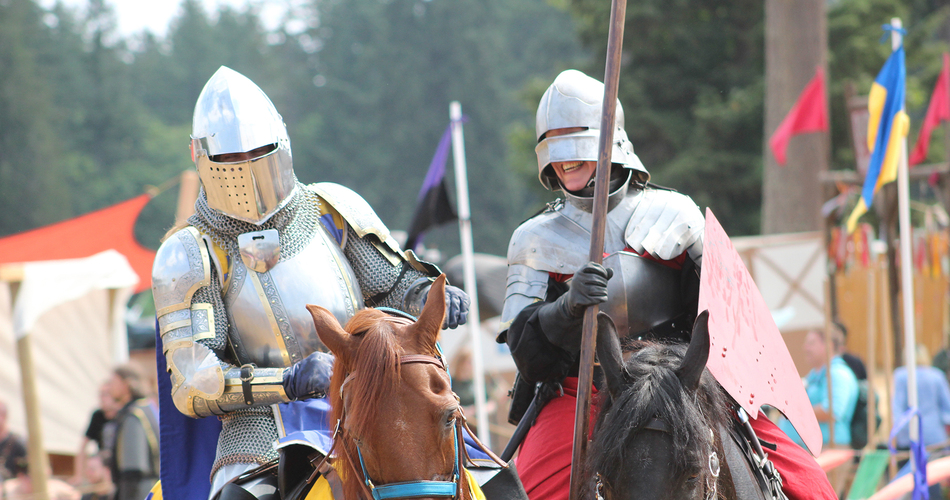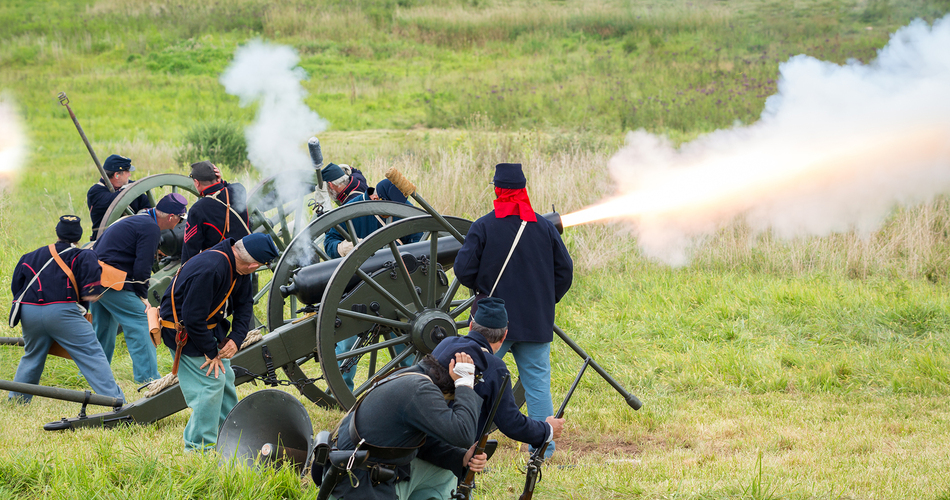Six tips on how to make the most of your next student field trip
By Kathy Nolan
Let’s face it. The best way to educate kids on a field trip is to trick them into having fun by engaging and entertaining them. The overstimulated, younger generation responds positively to integrating technology, mobile video, gaming and shared social experiences. Instead of forcing students to put their devices away, encourage them to document their field trip experiences with scavenger hunts, mobile photo contests, and physical competitions and demonstrations. Here, we offer five fun field trip ideas.
On your next field trip take a hike and visit a national park
America’s national parks offer excellent value along with stunning vistas, majestic mountains, ancient canyons, natural water sources and fascinating wildlife. Students can hike, climb, kayak and explore the unrivaled natural splendor of this beautiful country. For your next field trip, dig a little deeper. Carla Beasley, Superintendent of Ocmulgee Mounds National Historical Park in Macon, Georgia, suggests teaching history by playing games that the indigenous people created thousands of years ago or hiking up to the ancient mound to enter the underground Earth Lodge.
“Walking through the narrow entrance tunnel of the Earth Lodge is like stepping back in time to see the original 1,000-year-old clay floor and imagining what it felt like to sit in one of the ceremonial carved seats, making important decisions for the community,” says Beasley. “Ocmulgee Mounds National Historical Park is a memorial to more than 12,000 years of continuous human habitation by multiple Indigenous cultures and peoples. Am I standing in the same spot that someone stood 2,000 years ago? What would I be having for dinner tonight if I lived here 8,000 years ago?”
During the 1930s concerned Macon citizens reached out to the Smithsonian in the hopes of learning more about Ocmulgee Mounds and to preserve the site for future generations. Resources from the New Deal program brought hundreds of men and women to the site and under the supervision of archeologist Dr. Arthur R. Kelly, the expedition recovered 2.5 million artifacts. By 1936, enough money was raised to purchase the ancestral Creek lands for federal protection, creating what is now Ocmulgee Mounds National Historical Park, one of the top sites in America currently being considered as the country’s next national Park. A fascinating onsite museum houses ancient artifacts, and offers ranger-led tours exploring the architectural dig sites with seasonal lantern-light tours that walk visitors on sacred grounds.
Host a mobile photography contest in an art museum on your next field trip
History can also be disguised as art. Many students have trouble visualizing historical events. When classes see depictions of events on canvas or view artisan crafts utilized by earlier civilizations, the concepts may be easier to grasp. It may even inspire those who have a creative side. Engage the class by offering cool prizes and recognition for the best images and ask for a caption explaining the vision. In addition, seeing the various artistic styles may teach teenagers to be more tolerant of different perspectives.

While definitely fun, Renaissance fairs also offer plenty of educational history lessons, ranging from Medieval-inspired cuisine to art of jousting. Photo courtesy Shutterstock images
Plan a fun field trip scavenger hunt in a history museum
Don’t ignore the obvious. Try to reimagine the classic museum experience by adding a team-building component. A historical museum is the best way to expose students to as much information as possible in one day. Some museums specialize in a specific topic or time period, while others cover the entire human experience, from pre-history to present day. Set a time limit and develop a list of interesting clues in advance. Each team can designate a photographer to document the featured “found” artifacts. Offer themed rewards and recognition to the winning team.
Create an improv reenactment at a historical site
Walking on the hallowed grounds of a great battle or through the house of a heroic individual can make an experience more immersive. The employees at historical sites are unmatched experts on the subject, which makes the tours more informative and allows students to fully appreciate the site’s importance. Enlist the staff to help students create an improv scene from the past and create a mobile video, engaging all students as actors and extras. You may be able to check the site’s calendar to schedule your trip during a professional reenactment as well.
Grab a turkey leg at a local Renaissance fair on your next field trip
Most Renaissance fairs are arranged to represent an imaginary village in England during the reign of Elizabeth I, as this period has been generally considered to correspond to the flowering of the English Renaissance. In a modern Renaissance festival, there are stages or performance areas set up for scheduled shows like Shakespeare plays, jousting, dancers, magicians, jugglers and musicians. Renaissance fairs typically feature a wide variety of foods inspired by both Medieval cuisine, such as turkey legs, steak on a stick and bread bowls. In addition to the staged performances, a major attraction of Renaissance fairs are the crowds of actors who play historical figures and roam the fair, interacting with visitors. This field trip might be hard to find compared to other historical attractions, but a renaissance festival drops your class into another time period in a way that few other attractions can replicate.
Embrace technology and use it to document history. So now, when you tell your class to take it outside, that can be a positive suggestion.
TOP PHOTO: Historical reenactments, especially when crafted by experts on the subject, offer plenty of opportunities for learning. Photo courtesy Shutterstock images
There are still plenty of field trip ideas to read about in Student Travel Planning Guide, along with information for faculty to help plan student travel. Be sure to Subscribe to Student Travel Planning Guide magazine for FREE to learn more.






